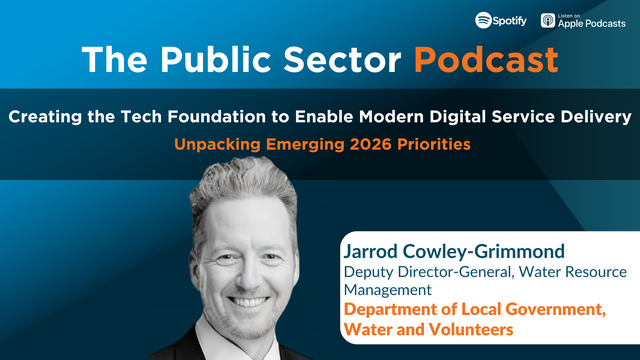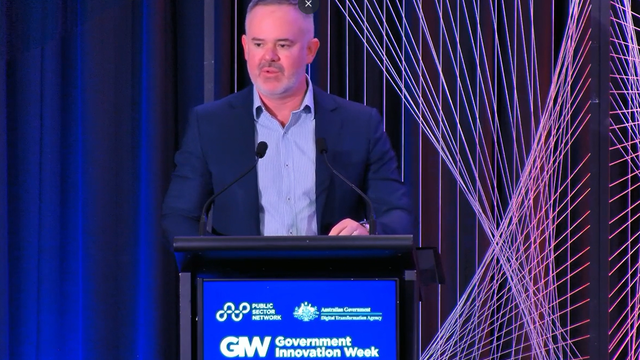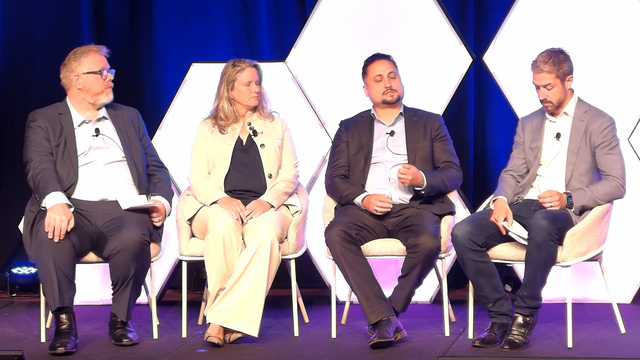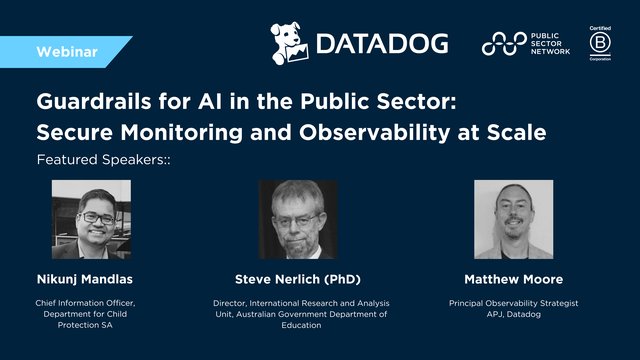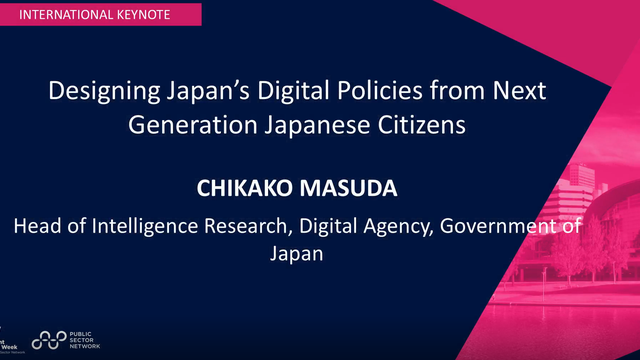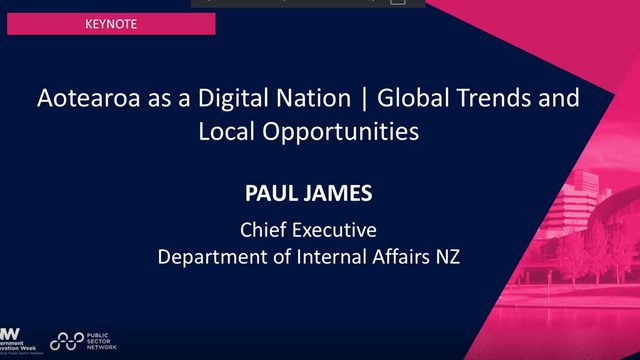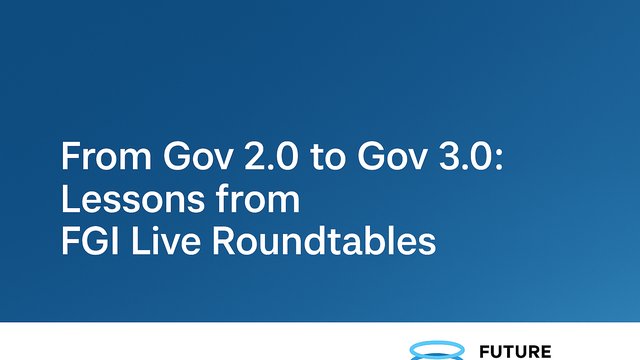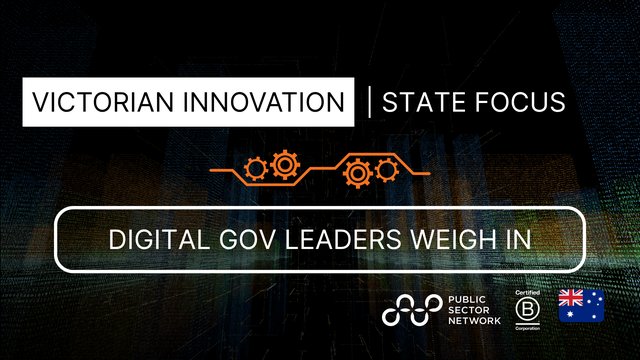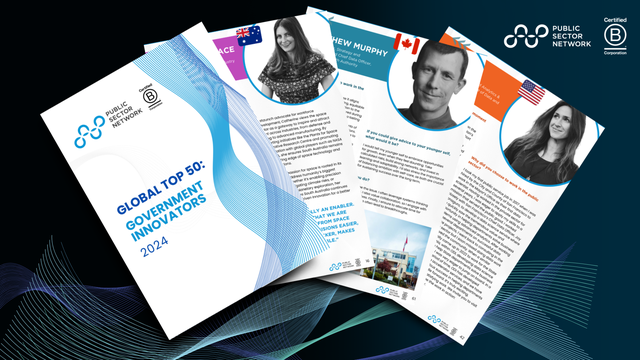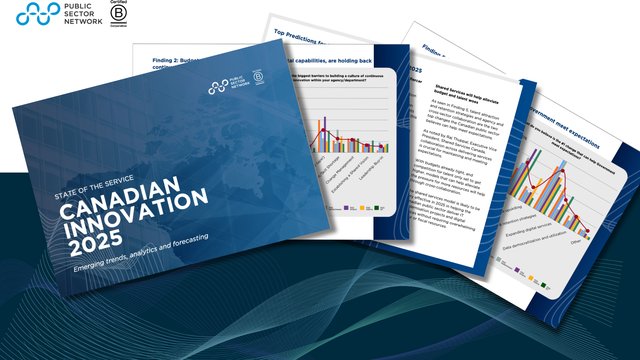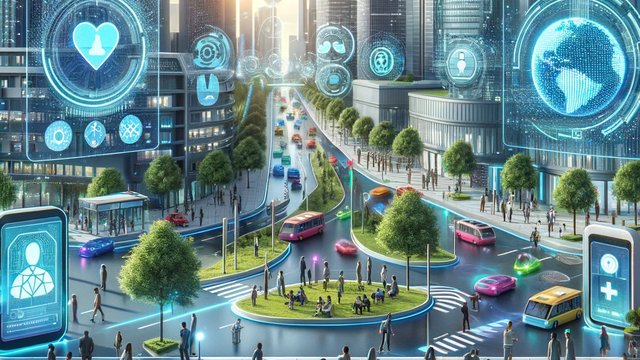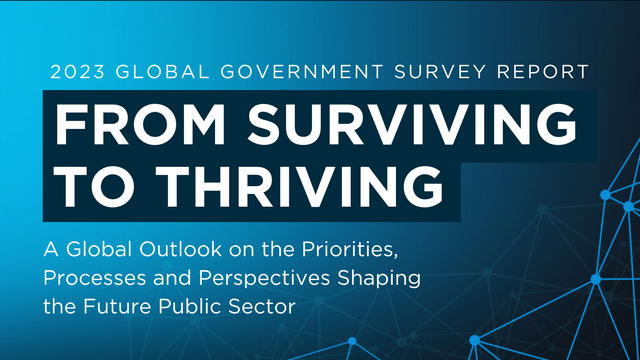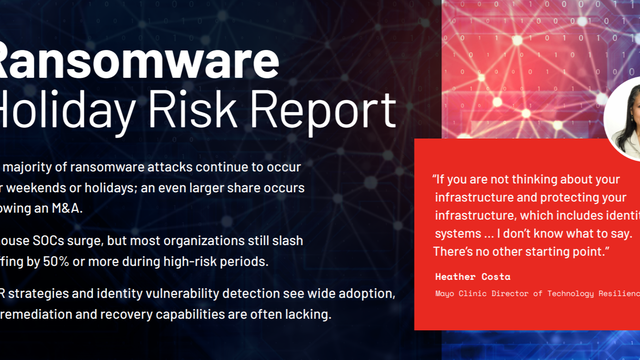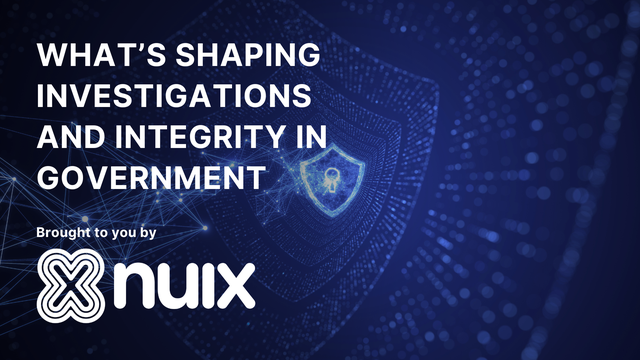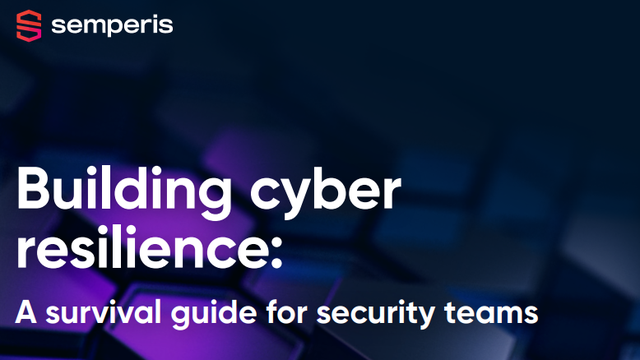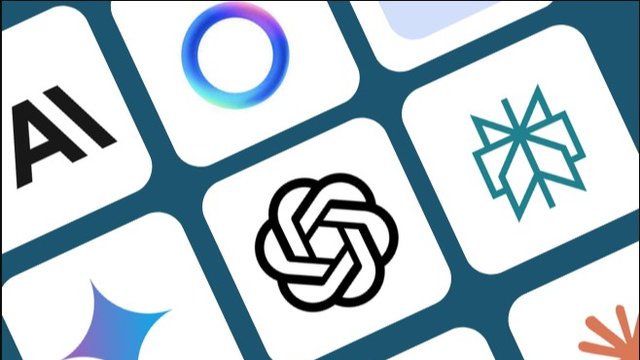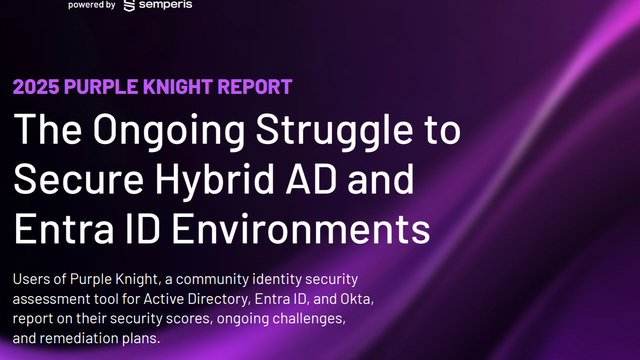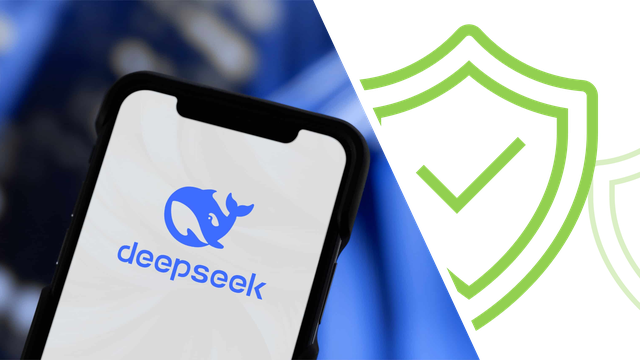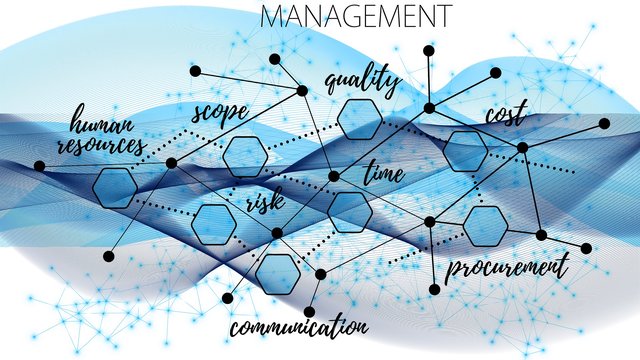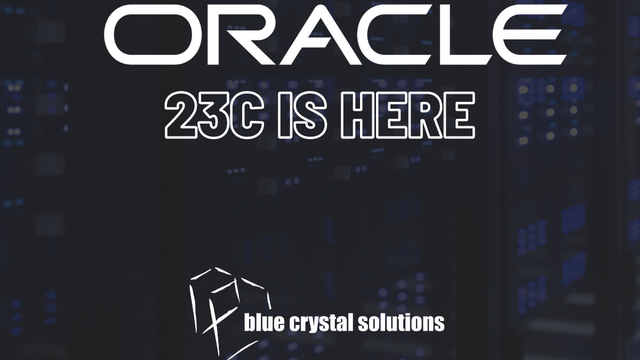
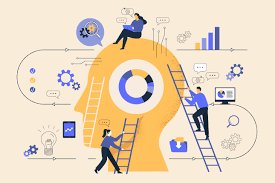
The public sector is undergoing a profound shift, driven by digital transformation, changing citizen expectations, and increasing complexity in service delivery. At the heart of this transformation lies productivity and employee experience—factors that directly impact workforce resilience, trust in government, and the ability to deliver high-quality public services.
To keep pace, governments must rethink workforce capability, blending traditional policy and service delivery expertise with emerging digital, data, and human-centered skills. A modern, well-supported public sector workforce will be more engaged, agile, and innovative, ultimately driving better citizen outcomes.
The Link Between Productivity, Employee Experience, and Public Trust
Government effectiveness depends on how well its workforce performs. Productivity is not just about efficiency—it’s about equipping employees with the right tools, skills, and work environments to do their jobs effectively. When employees feel empowered, engaged, and supported, they are more likely to:
• Deliver higher-quality services with greater responsiveness.
• Build trust with citizens through improved interactions and transparency.
• Adapt to changing policies, technologies, and societal needs with resilience.
• Work collaboratively across agencies, breaking down silos and improving problem-solving.
A positive employee experience (EX)—enabled by modern technology, professional development, and supportive leadership—directly enhances both workforce productivity and citizen trust in government institutions.
Key Skills for a High-Performing Public Sector Workforce
As governments strive to improve service delivery, productivity, and trust, they must equip employees with both technical and human-centered skills that support innovation and adaptability.
Technical Skills
• Digital and data literacy – Using technology to enhance decision-making and service delivery.
• Cybersecurity and privacy protection – Ensuring data security and compliance with evolving regulations.
• AI and automation integration – Leveraging emerging technologies to improve efficiency.
• Technology governance and ethics – Managing digital tools responsibly in public service.
Human-Centered Skills
Beyond technical capabilities, employability skills drive workplace engagement and productivity:
• Learning agility – Rapidly adapting to new challenges and tools.
• Critical thinking and problem-solving – Addressing complex policy and operational issues.
• Collaboration and teamwork – Working across agencies and sectors to improve outcomes.
• Resilience and adaptability – Maintaining effectiveness in times of change.
• Transparency and trust-building – Strengthening relationships with citizens and stakeholders.
• Digital fluency – Confidently using modern platforms to enhance productivity and engagement.
Workforce Planning: A Data-Driven Approach to Productivity
To maximize workforce potential, governments must adopt a skills-based workforce management approach that ensures the right people are in the right roles at the right time. This includes:
• Skills Mapping & Workforce Analytics – Identifying existing skills, gaps, and future needs.
• Agile Talent Deployment – Mobilizing employees across agencies and projects based on skills.
• Continuous Learning & Development – Investing in upskilling and reskilling to future-proof the workforce.
• Optimized Work Environments – Leveraging technology to enhance workplace efficiency and flexibility.
A data-driven, people-first approach to workforce planning ensures that employees feel valued and supported, leading to higher retention, engagement, and ultimately, better public service outcomes.
The Role of Industry Partners in Enhancing Productivity & Employee Experience
Governments do not have to tackle these workforce challenges alone. Strategic partnerships with external suppliers—consultants, recruiters, and technology providers—can accelerate workforce transformation by providing:
• Workforce Strategy & Advisory Services – Supporting governments in skills mapping, workforce planning, and EX strategy to maximize productivity.
• Specialized Recruitment & Talent Solutions – Helping fill critical skills gaps in digital, data, and cybersecurity roles.
• Technology-Enabled Employee Experience Solutions – Improving collaboration, engagement, and workforce efficiency through modern digital platforms.
• Training & Upskilling Programs – Providing continuous learning opportunities to ensure public servants remain adaptable and future-ready.
By integrating external expertise, governments can create a more agile, skilled, and high-performing workforce, reducing reliance on external contractors while enhancing trust, resilience, and citizen service delivery.
The Path Forward
The future of work in government is about more than just digital skills—it’s about building a productive, engaged, and adaptable workforce that can deliver better citizen services with efficiency and trust.
To achieve this, governments must:
✅ Prioritize employee experience to drive engagement, retention, and performance.
✅ Invest in workforce capability through upskilling, digital fluency, and adaptability.
✅ Leverage technology and data to create a modern, agile work environment.
✅ Partner with industry to accelerate workforce transformation and innovation.
By putting productivity, employee experience, and trust at the center, governments can build a resilient and future-ready public sector, ensuring that citizens receive the high-quality, responsive services they expect.
Want to get involved and contribute to the conversation? SIGN UP FOR FREE AND JOIN OUR GLOBAL WORKFORCE, SKILLS AND CAPABILITY COMMUNITY





